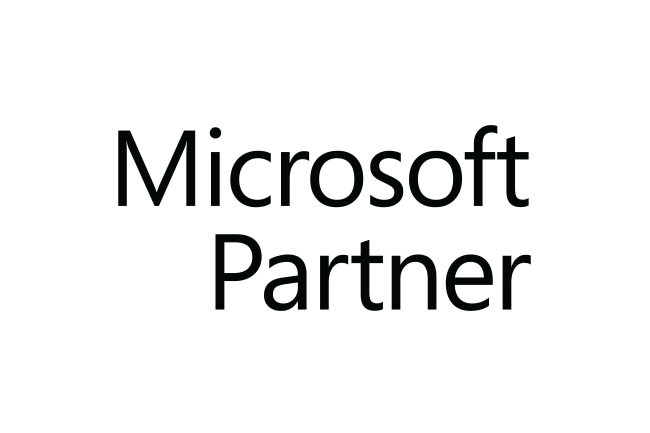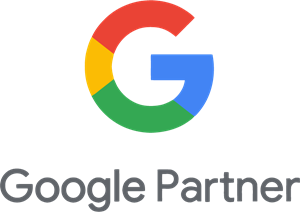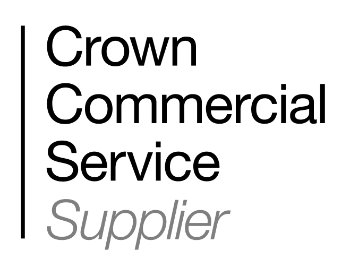On December 22, 2016, an EU-wide directive came into effect that standardised website accessibility in the public sector to ensure equal web access to information and services for everyone. This directive, known as Directive 2102, already applies to new websites published after September 23, 2018, as well as non-public intra- and extranets after September 2019.
The next phase was making sure that legacy websites (sites published before September 23, 2018) would also meet the accessibility standards and the deadline was September 23, 2020. Whilst these directives have so far focused on public sector websites, this is by no means something that the private sector should ignore.
What does web accessibility mean?
According to the W3C 9The World Wide Web Consortium) “Web accessibility means that websites, tools, and technologies are designed and developed so that people with disabilities can use them. More specifically, people can: perceive, understand, navigate, and interact with the Web.”
Who does it apply to?
The new directive applies to public sector websites, and means that all these websites must meet accessibility standards and must have an accessibility statement. As with most legislation, there are some exclusions which apply. These include broadcasters, some schools and nurseries, and private organisations, along with non-government organisations (such as charities) which “provide services that are not essential to the public or services that do not specifically address the needs of persons with disabilities”.
How can I ensure my website is accessible?
Whilst the directive states that all public sector websites must be accessible, this should not be ignored by the private sector (this applies to apps too). As a site owner it would be a good idea to ensure that your website meets reasonable accessibility standards.
So how do you go about it? The initial step would be to carry out an accessibility audit to find out how well the site currently performs and where it potentially falls short. You could start with Google’s free tool Lighthouse. Or you could ask your web agency to help. At Moore-Wilson we regularly run accessibility audits for out clients and we then produce a report with findings, which can then be worked through to ensure a higher level of accessibility.
What are the 10 most important points to consider?
- Provide sufficient contrast between foreground text and background colour
- Provide clear and consistent navigation options
- Ensure that interactive elements are easy to identify
- Ensure all fields and input areas have a descriptive label
- Use meaningful link text rather than the more ambiguous ‘click here’
- Meaningful alt text for images
- Group content into sections and provide clear spacing and headings
- Use responsive design for different screen sizes
- Reflect the reading order in the code order
- Ensure all interactive elements are keyboard accessible
Is the choice of CMS important?
Yes and no. Whilst it’s possible to improve accessibility with most CMS options, if you are starting the process of choosing a CMS this point should still justify some consideration. CMSs handle accessibility differently and it is fair to say that by choosing a well known CMS like Drupal or Wordpress (if you want open source) then both would be up to the job. However, when compared, Drupal regularly comes out on top in terms of accessibility over Wordpress.
What about other CMS? Interestingly enough the agency building the new W3 site did a thorough audit of which CMS would offer the best foundation for an accessible site and they chose Craft (you can read more about Craft CMS here) over Wordpress.
Whether you are an existing client of Moore-Wilson or not, and would like us to help run a web accessibility audit for you, then please get in touch with us.




